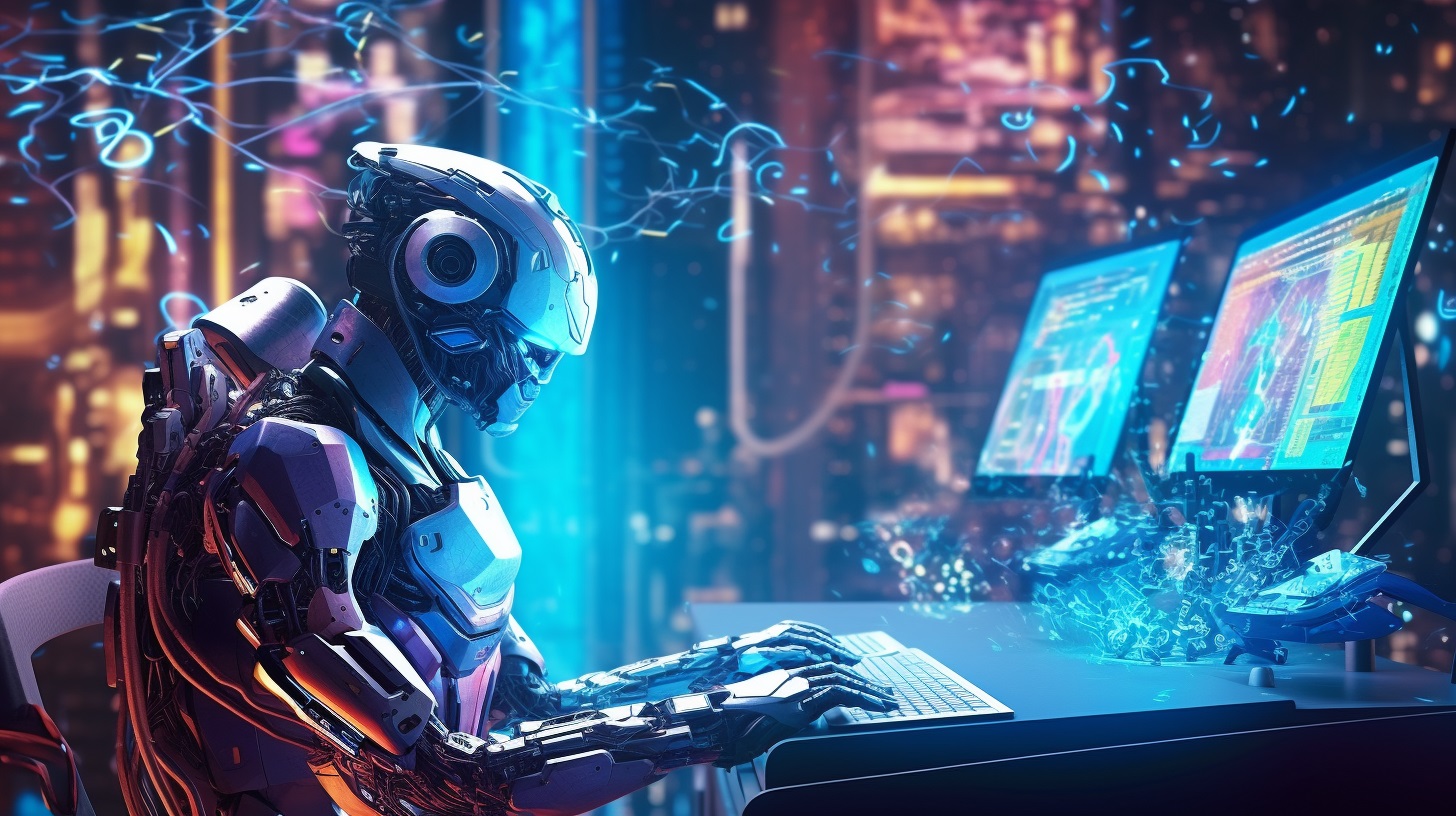AI trading, which uses machine learning algorithms to analyze market data trading decisions, has been gaining popularity among traders and investors. But when exactly does AI trading outperform traditional trading methods? We’ll explore the conditions under which AI trading has the potential to surpass conventional approaches.
-
Handling large volumes of data
Traditional trading methods often rely on human traders to manually analyze market data, which is time-consuming and prone to errors. On the other hand, AI algorithms rapidly analyze massive datasets, uncovering patterns and trends that may be challenging for humans to detect. This proves especially valuable in dynamic markets flooded with new information, like news articles, social media updates, and economic indicators. When the volume of data is too large for human traders to handle effectively, AI trading provides a significant edge.
-
Detecting complex patterns
Machine learning algorithms, such as deep learning neural networks, are particularly well-suited for this task. These algorithms identify intricate relationships between market variables, such as price movements, trading volumes, and market sentiment. By uncovering these hidden patterns, AI trading systems make more accurate predictions about future market movements. Traditional trading methods, which often rely on simpler statistical models or human intuition, may need help to capture these complex relationships, giving AI trading a potential advantage.
-
Adapting to changing market conditions
Markets are dynamic and constantly evolving, with new trends and patterns emerging. AI trading systems adapt more quickly to these changing market conditions than traditional methods. Through online learning, AI algorithms continuously update their models based on new data, allowing them to adjust their trading strategies in real time. This adaptability is particularly valuable in markets prone to sudden shifts or disruptions, such as those caused by geopolitical events. Traditional trading methods, which may rely on fixed rules or historical patterns, are slower to adapt to these changes, potentially missing out on profitable opportunities.
-
Executing trades with speed and precision
In many markets, the speed and precision of trade execution are critical to success. This is particularly true in high-frequency trading, where trades are executed in milliseconds. AI trading systems excel in these environments, as they process information and make trading decisions much faster than human traders. Additionally, AI algorithms execute trades with high precision, minimizing the impact of slippage and ensuring that trades are executed at the desired price. Traditional trading methods, which may involve manual order entry or slower decision-making processes, could be better in these fast-paced markets. check over here for quantum ai trading.
-
Managing risk and emotions
Trading is emotionally challenging, with traders often succumbing to psychological biases like fear, greed, and overconfidence. These emotions lead to poor decision-making and increased risk-taking. AI trading systems are not subject to these emotional biases. They make decisions based purely on data and statistical models, allowing them to maintain a more objective and disciplined approach to risk management. By removing the emotional component from trading, AI systems outperform traditional methods in managing risk and preserving capital.
As AI technology advances and more traders adopt AI-based strategies, there is an increasing convergence of AI and traditional trading methods. Rather than viewing AI as a replacement for human traders, considering how AI augments conventional trading practices may be more productive. By combining the strengths of both approaches, traders and investors achieve better results and navigate the complexities of modern financial markets more effectively.


